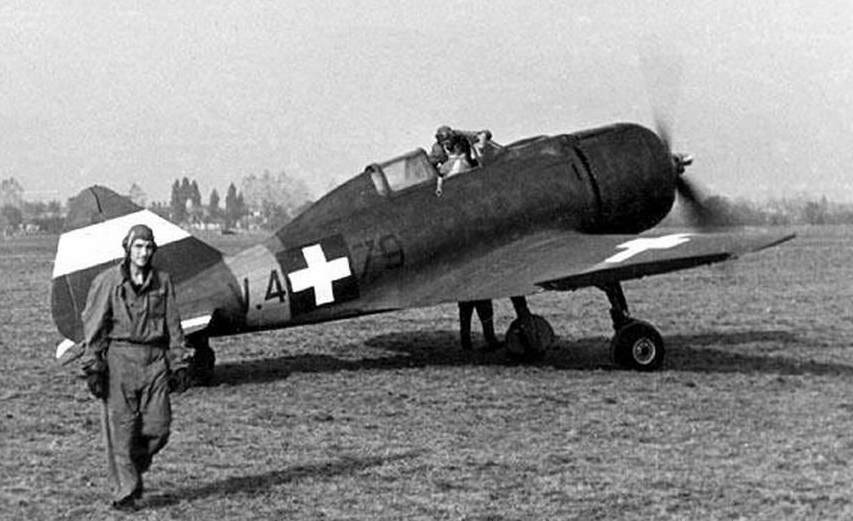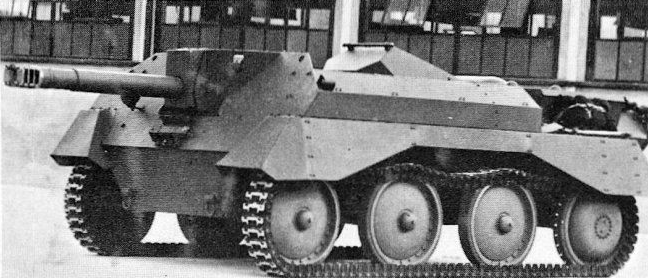44M Lidérc: Hungary's Experimental acoustic Air-to-Air Rocket of WWII
- kismber

- Nov 11, 2023
- 2 min read

In the midst of World War II, Hungary, like many nations, sought innovative solutions to counter the formidable threats of modern aerial warfare. One such invention was the 44M Lidérc, an experimental air-to-air rocket with a unique acoustic proximity fuse. Developed in Hungary, this intriguing weapon represented a remarkable fusion of technological ingenuity and the quest for defensive excellence during the turbulent years of World War II.
Inventing the Acoustic Proximity Fuse: The 44M Lidérc was notable for its acoustic proximity fuse, a ground-breaking invention by Károly Pulváry, a researcher at the Technological University of Budapest. This fuse was a testament to the advanced engineering capabilities of the time. In 1944, the research required for the necessary electronics was a complex project in itself. The heart of the acoustic fuse was a super-sensitive microphone paired with a squelch principle circuit featuring two electron tube amplifiers.
The Lidérc's acoustic proximity fuse excelled in tests conducted in the Aerotechnical Institute's wind tunnel. It was particularly effective in identifying the artificial sound of American bomber engines, a critical component in the weapon's effectiveness. The outcome of this acoustic innovation promised to revolutionize aerial combat dynamics.

The intended application of the 44M Lidérc was as an air-to-air rocket designed for defensive purposes. Each Me 210 Ca-1 aircraft, referred to as "romboló" in Hungarian and "Zerstörer" in German, was planned to be equipped to launch 2-4 Lidérc rockets into a formation of enemy bombers. The primary objective was not necessarily to obliterate every aircraft in the bomber group but rather to scatter the formation, disrupting their attacks and ultimately safeguarding civilians from bombings. The psychological impact on the morale of bomber crews was expected to be significant.

A total of a few hundred Lidérc rockets were produced, but the Allied bombing raids sev
erely impeded further developments of the acoustic system. Production initially took place at the Weiss Manfréd Works in Csepel, but due to the bombing raids on the factory, DIMÁVAG took over production. Despite these challenges, the Hungarian troops pressed on with their innovative weapon, finding alternative uses for it in the changing wartime landscape.
With the Lidérc rockets' full acoustic potential unfulfilled due to wartime circumstances, Hungarian troops made creative adaptations. The rockets were repurposed as anti-personnel incendiary rocket artillery, much like the German Nebelwerfer. They were employed in defensive operations on Csepel Island, Érd, and later on Lake Velence against the backdrop of Soviet human-wave attacks.

The 44M Lidérc, with its acoustic proximity fuse, stands as a remarkable testament to Hungary's wartime effort in the face of the challenges of World War II. While its intended purpose as an air-to-air rocket was never fully realized due to Allied bombings, it found a new role in the defence of Hungarian territories. This unconventional weapon showcases the resourcefulness and adaptability that characterized the Hungarian war effort during a turbulent period in history.



